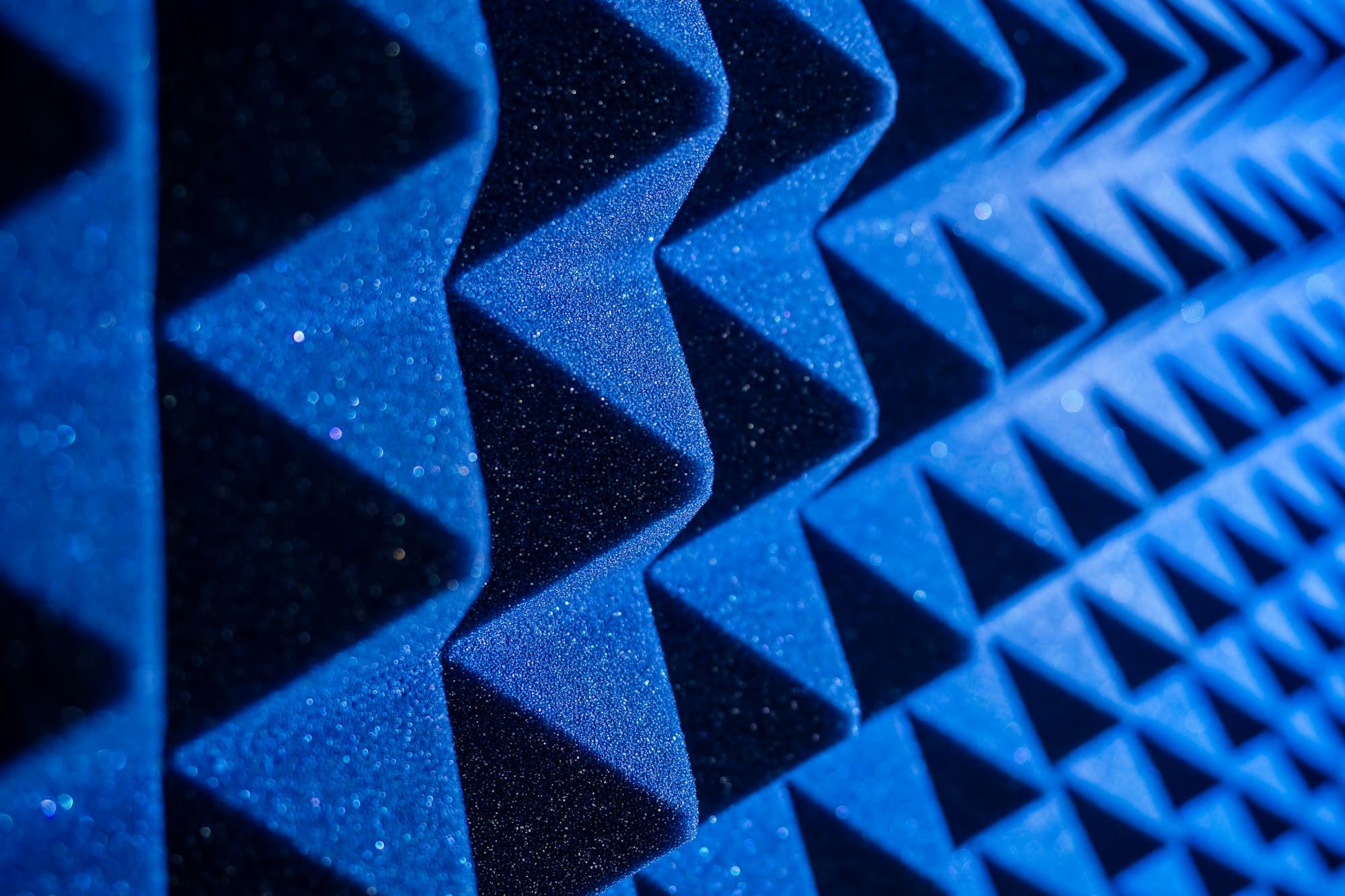In the hustle and bustle of urban life, finding a quiet haven can be a challenge. Amid the cacophony of city noise, street sounds and common apartment noise, creating a serene environment for your baby to sleep can seem impossible. Yet, the good news is that with the right soundproofing techniques, you can transform your nursery into a quiet retreat from the clamor of city life. Here, we’ll delve into the key strategies to soundproof a nursery in your apartment, from the walls and windows to the door and floor.
Soundproofing the Walls
Soundproofing your walls is one of the most effective ways to combat external noise. According to acoustic engineers, noise often travels through the common wall, seeping into your apartment and disrupting the tranquility of your baby’s room. Soundproofing the walls will help to reduce this intrusion.
A lire aussi : What Are the Best Self-Watering Systems for Indoor Exotic Plants?
To soundproof walls, you can use high-density soundproofing materials such as mass-loaded vinyl (MLV). This dense, flexible material is designed to effectively block sound waves. You can either install it directly onto the wall or place it between layers of drywall for added soundproofing.
Alternatively, you can use acoustic panels, which are specially designed to absorb sound waves and prevent them from bouncing around the room. These can be strategically placed on the wall where the maximum noise is coming through such as the common wall you share with your neighbor.
A lire en complément : How to Choose the Best Ergonomic Furniture for a Teen’s Study Area?
Do remember that the aim is to create a peaceful environment, not a completely silent one. Babies need to get used to some level of ambient noise. The trick is to strike the right balance between silence and soothing background noise.
Soundproofing the Windows
Your windows are another major entry point for noise. Street sounds, sirens, and people talking outside can easily permeate through windows, causing sleep disruptions for your baby. Therefore, soundproofing your windows is an essential step in ensuring a quieter nursery room.
Double-glazed windows are a popular choice for urban dwellers as they provide a barrier against external noise. They consist of two glass panes with a vacuum or gas-filled space in between which serves as an insulator, reducing noise transmission significantly.
If replacing your windows is not feasible, consider installing soundproofing window inserts. These are clear panes of glass or acrylic that fit into the interior of your window frames, adding an extra layer of sound insulation.
Window treatments such as heavy, dense curtains or drapes can also help absorb sound and block noise from entering the room. Opt for ones with thermal insulation for an added bonus of keeping the room warm and cozy.
Soundproofing the Door
The nursery door is another common area where noise leakage can occur. Sound can easily travel through gaps under and around the door and through the door itself if it’s not solid.
Consider replacing your current door with a solid core door, which is denser and better at blocking sound than a hollow core door. If a door replacement isn’t possible, you can use weatherstripping around the door frame to seal any gaps and add a door sweep or draft stopper at the bottom to block sound from coming in underneath.
For added soundproofing, you can also install a soundproofing curtain or blanket over the door, which will further absorb any noise that tries to penetrate through.
Soundproofing the Floor
Soundproofing the floor is often overlooked but it can be a vital step in creating a quiet environment, especially if you live above a busy street or noisy neighbors who reside below. Footsteps, clattering objects, or the baby’s own noise can echo through the floor and cause disturbance.
To combat this, you can use a couple of methods. The first is to install acoustic underlayment beneath your flooring. This material works by absorbing and reducing sound vibrations, providing a significant reduction in noise transmission.
Alternatively, you can use rugs or carpeting which can absorb sound and minimize noise. Opt for thick, plush rugs and consider using a rug pad for extra sound absorption. This approach will not only provide soundproofing benefits but also add warmth and comfort to the nursery, making it a cozy space for your little one.
Remember, while soundproofing can significantly reduce noise, some ambient noise is beneficial for babies as it mirrors their familiar environment in the womb. The goal is not to eliminate noise completely, but to create a calm and peaceful environment conducive to sleep and relaxation.
White Noise: The Secret Ingredient for a Peaceful Nursery
Integrating white noise into your baby’s nursery is a balancing act that might just be the finishing touch to your soundproofing efforts. While our primary focus has been on reducing noise, it’s crucial not to overlook the importance of this comforting background noise.
White noise is a type of noise that is produced by combining sounds of all different frequencies together. For babies, the familiarity of white noise is comforting as it closely mirrors the sounds they’d hear in the womb. It can help mask the startling noises of city life, traffic noise, or noisy neighbors, effectively soothing your baby to sleep.
There are various tools available to generate white noise. For instance, you could use a white noise machine specifically designed to create such sounds. They often come with multiple sound options, such as rain, ocean waves, or the hum of a fan. Alternatively, there are numerous mobile apps available that can generate white noise.
You might also consider a soundproof cow, a unique and clever soundproofing solution that doubles as a cuddly toy for your little one. Not only does it help absorb sound, but it also generates soothing white noise.
Remember, you don’t want to create an environment that’s too silent. A bit of ambient noise is beneficial for your little one. It’s all about creating the right balance between soundproofing techniques and white noise.
Conclusion: Building a Soundproof Sanctuary
In the heart of a bustling city, soundproofing your baby’s room can certainly seem like a daunting task. From the deafening noise of the busy street outside to the ceaseless hum of city life, urban apartments are often rife with noise pollution. However, with the right soundproofing materials and techniques – from mass-loaded vinyl for the walls, double-pane windows, solid core doors, acoustic underlayment for the floors, and white noise – you can significantly reduce noise and transform your child’s bedroom into a peaceful sanctuary.
Remember that the goal here isn’t complete silence. It’s about reducing disruptive noise to a level that your baby can sleep and relax comfortably. It’s about striking a perfect balance between silence and soothing ambient sounds.
Whether you’re a new parent or a tenured one, soundproofing your nursery is a worthy real estate investment. It not only ensures peace and tranquility for your baby but also for you. After all, a well-rested baby makes for well-rested parents. In the cacophony of urban living, a soundproof room can be your quiet oasis, helping your baby sleep better, grow healthily, and make your parenting journey a tad bit easier.
So, whether you live in a high-rise on a busy street or are just in close proximity to noisy neighbors, don’t let the urban soundscape disturb your baby’s slumber. With the right planning and resources, you can create a nursery that’s a quiet, comforting space, shielding your little one from the relentless hustle and bustle of city life.






